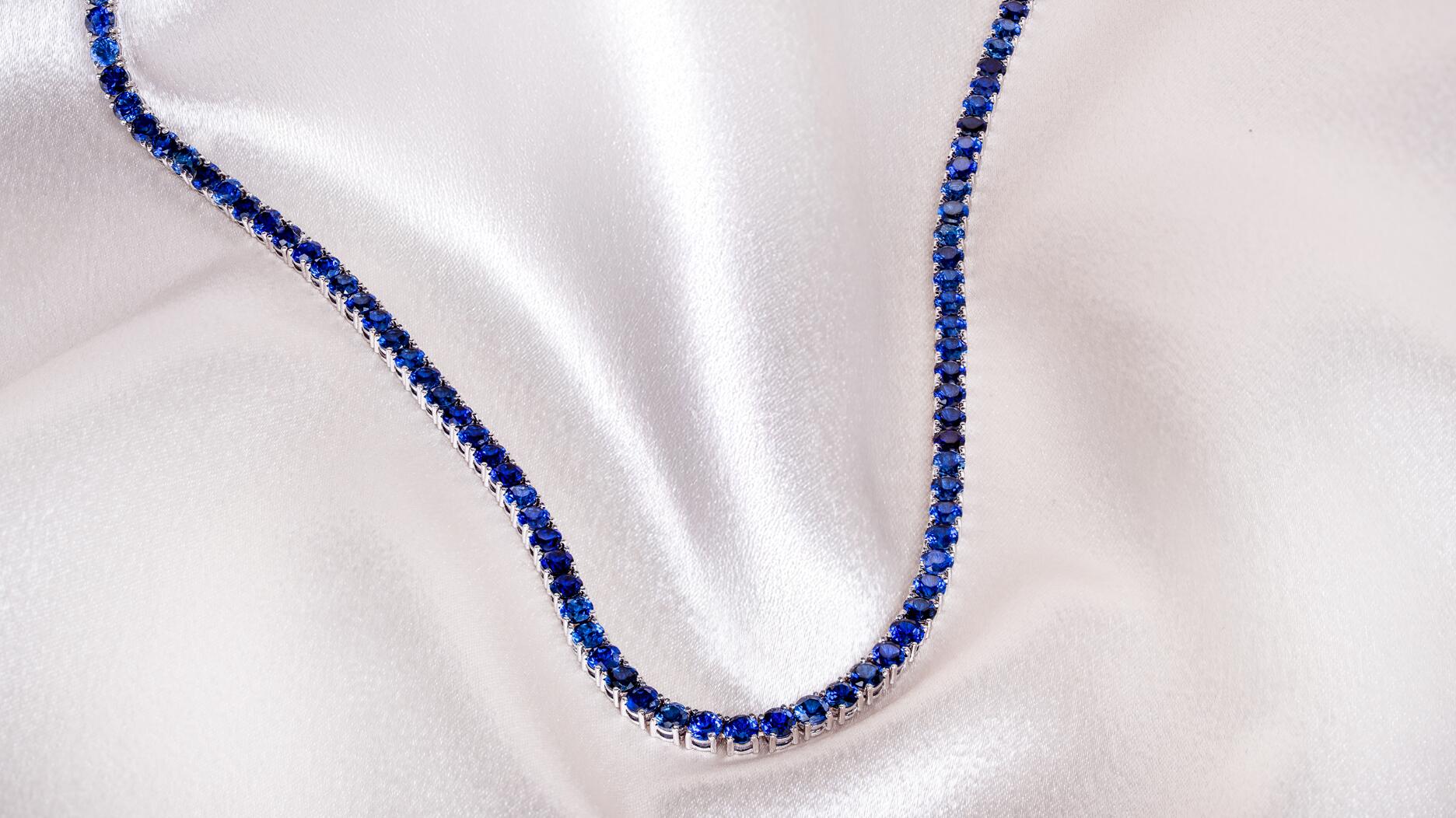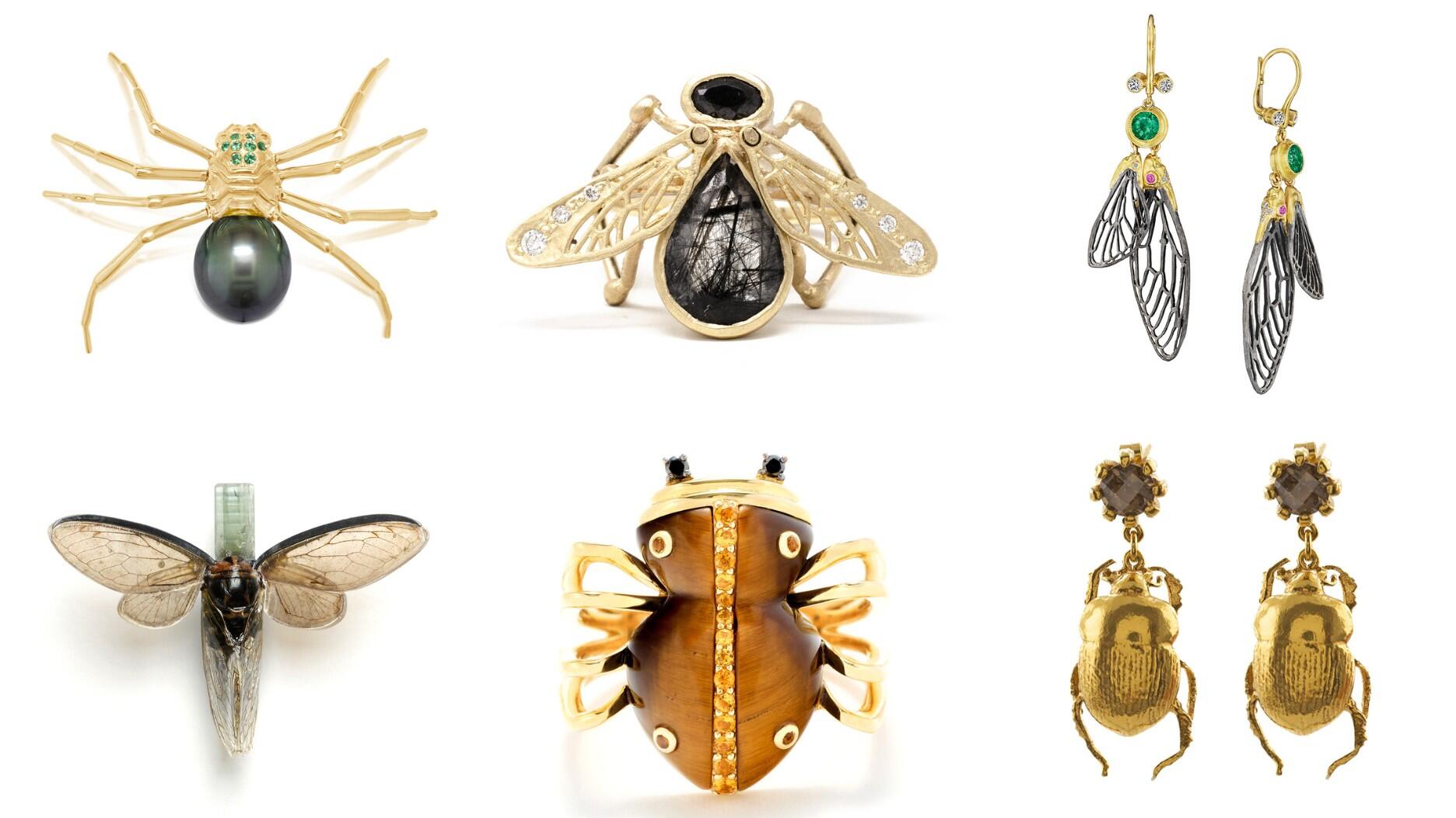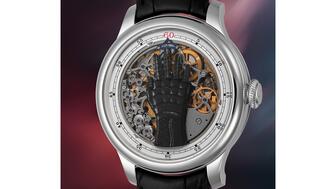The filmmaker’s personal F.P. Journe “FFC” prototype was the star of Phillips’ recent record-setting watch auction in New York.
Martin Rapaport vs. De Beers
Rapaport lambasted De Beers in his annual breakfast presentation in Las Vegas and has since publicly claimed the diamond company is destroying transparency in the trade. Editor-in-Chief Michelle Graff examines the genesis of his claims.
Those who attended Martin Rapaport’s annual breakfast presentation at JCK Las Vegas, and followed the subsequent back-and-forth that ensued between the price list king and diamond giant De Beers, probably were left with a lot of questions.
At the presentation, Rapaport shouted and gestured on stage with his usual fervor while raising a number of entirely valid concerns about the diamond industry.
Among them: transfer pricing—the practice of undervaluing a resource, such as diamonds from Africa, in order to increase profitability and decrease tax liability—that allegedly takes place in Dubai, an issue that was at the center of the 2016 NGO boycott of the Kimberley Process.
We should not, he told me in a lengthy interview following the jewelry trade show, be “put to sleep” by the leadership of the industry saying perfunctorily professing that all is well when serious problems do exist.
But the bulk of Rapaport’s ire was directed at De Beers for not allowing others in the diamond trade to use the De Beers name further down the supply pipeline.
How long has been De Beers been doing this, and why?
And why is it an issue right now? (As it turns out, the clause in De Beers’ sightholder contract restricting the use of its name downstream—the one that Rapaport put up on the screen during his talk at JCK Las Vegas—has been in place for more than a decade.)
I talked to both De Beers and, as mentioned above, Rapaport following the Las Vegas jewelry trade shows to find out more.
The Source of Rapaport’s Ire
Rapaport told me that he found out about De Beers’ rules regarding the use of its name when he was investigating source certification for RapNet. Rapaport wants to begin distinguishing between diamonds that have source certification and those that don’t on his trading platform.
It was during these talks that he discovered that De Beers does not allow use of its name downstream, which is true.
It is outlined in clause 3.6.6 in the signature license of their sightholder contracts, and it reads: “You will not represent that any particular diamond or diamonds are sourced, or originate, from us or any member of the De Beers Group except with our prior written consent.”
Now the question becomes, why is De Beers doing this?
Well, according to what Rapaport said at his breakfast in Las Vegas, De Beers is denying source information
He called De Beers a “cold, cruel corporation.”
Immediately following the breakfast, De Beers responded in a statement, not to deny its policy regarding the use of its name but to supply its own reason why Rapaport was so concerned with its name-use policy: because the company had told him “no” when he asked to use the De Beers name on RapNet.
It was a rare move for De Beers, which almost never responds to public attacks.
“What Martin wants is to be able to market diamonds from De Beers Group, using the De Beers brand, on his platform for his benefit. We don’t think this is fair, and we told him so,” the statement reads in part. “Martin had planned to use the JCK show to discuss his source certification. We engaged with Martin multiple times over several weeks, but when we did not comply with his wishes, he threatened us repeatedly. We were unmoved and we continue to be so.”
I asked Rapaport about this statement when we talked right after the shows. He told me, and has since said publicly, that De Beers is lying. He said he never asked to use the De Beers name specifically and, in fact, he doesn’t want to use it. But, he asked them, why can’t he use another name on invoices connected to diamonds mined by De Beers, like Diamond Trading Co. (DTC)?
De Beers never responded to Rapaport’s statement claiming the company was lying, but Rapaport persisted, issuing another statement claiming De Beers is “destroying transparency in the diamond industry” with this policy.
So, I asked De Beers about all of this. What do they have to say about Rapaport branding them as liars and claiming they are destroying transparency in the diamond trade? And, more importantly, why won’t the company let people attach “De Beers” to its diamonds or even just “DTC”?
In response to the former, De Beers spokesperson David Johnson told me: “We stand behind our statement. De Beers hasn’t lied,” about what Martin Rapaport requested in the run-up to his Vegas breakfast.
In answer to the latter question, De Beers gives a couple reasons.
No. 1, it doesn’t want to create confusion between De Beers Jewellers (its stores, formerly known as De Beers Diamond Jewellers) and Forevermark, its diamond brand that is not sold in its stores.
No. 2, they don’t have any control over the diamonds after they’ve been sold as rough—meaning they don’t know who’s owned them, who’s traded them, if they’ve been fracture-filled, treated, etc. They don’t want the De Beers name used, except on diamonds they’ve controlled from mine to market.
As for the use of Diamond Trading Co., Johnson allowed while it is a “fairer point,” everyone in the industry knows the DTC is De Beers, adding that De Beers doesn’t think it is Rapaport’s place to tell the company how to run its business.
“It’s not really for Martin to say, ‘You will do X and you will do it this way or that way,” Johnson said, which, I would say, also is a fair point.
The company does allow those who sell its diamonds downstream to say they come from mines in one of four countries—Botswana, Namibia, Canada or South Africa—and De Beers feels that that is enough.
But, I asked, is the first point really such an issue considering the United States has only four De Beers Diamond Jewellers stores? Johnson acknowledged that there aren’t that many stores, but there are a lot of Forevermark-carrying jewelers, not just in the U.S. but around the world.
What about Martin’s claims that De Beers will eventually be going straight to the consumer with Forevermark?
It did just open a company-operated Forevermark store in China geared toward millennials and announced at its annual breakfast in Las Vegas that it will be selling online direct to consumers in the U.S., though retailers will be getting a cut of those sales. (It is also worth noting that the company is going to insert the De Beers name into Forevermark marketing materials this year, the first time it has done so.)
Rapaport's claim in that respect is not entirely baseless. At that same breakfast, Forevermark executives laid out a five-year plan for all its jewelers, which, according to the presentation, is for them to “have a Forevermark brand experience in store,” whether it is an in-store brand corner, store-in-store zone or standalone Forevermark boutique owned and operated by Forevermark jewelers (not De Beers).
Where the Truth Lies
Rapaport is entirely correct about one point: De Beers, as a publicly owned company, is going to do what’s best for Anglo American’s shareholders in the end. I think how the company moves forward with Forevermark, blockchain and “ethical” sourcing in general is definitely something the trade should pay attention to in the coming years, as interest in the origin of diamonds and being able to track them will only intensify.
Even though the clause in the sightholder contract dates back 13 years, De Beers has evoked it as recently as last summer in response to a request from sightholders seeking to participate in the GIA’s Mine to Market (M2M) provenance program, a move JCK News Director Rob Bates called “wrongheaded” in an August 2017 editorial.
But don’t think for a second that Martin Rapaport isn’t also all about doing what’s best for Martin Rapaport’s business. He likes to portray himself as a champion for the little guy but, in the end, he’s made a lot of money in this business and will continue to find ways to do so.
Charles Wyndham made a very valid point in a piece posted to his website, PolishedPrices.com, late last month about the whole Rapaport-De Beers row that’s entertaining and definitely worth reading.
Specifically commenting on Rapaport’s crowing about De Beers’ lack of transparency, Wyndham wrote:
“The Rap list has put a glass ceiling on polished diamond prices for decades, it is an outrageously opaque system based on his opinion, so to accuse De Beers about lack of transparency is ripe in the extreme.Editor’s note: This story was updated post-publication to correct Rob Bates’ title. He is the news director at JCK, not the senior editor as previously stated.
De Beers have certainly hit the nail on the head when complaining about [Rapaport’s] screaming and shouting as if he was paragon of moral rectitude, he isn’t, but then who is?”
The Latest

The new location in the Design District pays homage to Miami’s Art Deco heritage and its connection to the ocean.

Inflations, tariffs, and politics—including the government shutdown—were among consumers’ top concerns last month.

How Jewelers of America’s 20 Under 40 are leading to ensure a brighter future for the jewelry industry.
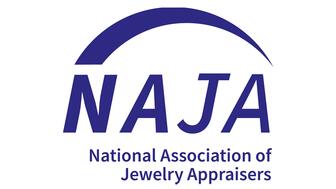
“Longtime favorite” presenters, as well as first-time speakers, will lead talks and workshops at the annual event in Tucson next year.

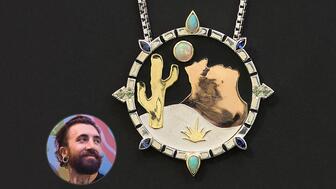
Silas Smith of Meridian Metalworks won the challenge with his pendant that blends Australian and American landscapes.
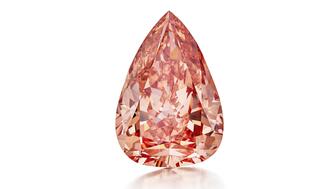
The sale of the 31.68-carat, sunset-hued stone was part of Sotheby’s first series of events and auctions in Abu Dhabi.

Roseco’s 704-page catalog showcases new lab-grown diamonds, findings, tools & more—available in print or interactive digital editions.

Most customers who walk into your store this month have made up their minds. Your job is to validate their choice, Emmanuel Raheb writes.

The collection features characters and motifs from Ukrainian folklore, including an enchanted mirror and a magic egg.

MatrixGold 3.11, the newest version of the jewelry design program, offers more flexibility, precision, and creative control.

The pavilion will be part of the 2026 JA New York Spring show, scheduled for March 15 to 17.

Kadet, a 1994 National Jeweler Retailer Hall of Fame inductee, helped grow the family-owned retailer in the Chicago area and beyond.

Billed as the world’s smallest wearable, Lumia Health’s new smart earrings have a health tracker subtly embedded in the back.
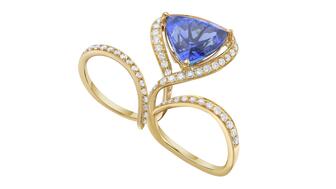
Don’t let those with December birthdays feel blue. Help them celebrate their month with blue zircon, turquoise, and tanzanite.

The new pink sapphire version of the piece dances with its wearer in the brand’s “Icons After Dark” holiday campaign.

A choice that’s generated a lot of commentary, Pantone says “Cloud Dancer” marks a fresh start and encourages relaxation and creativity.
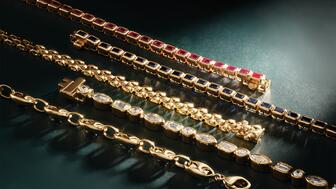
The manufacturer’s holiday campaign features a gift guide filled with trending designs and jewelry that can be personalized.
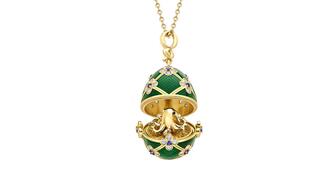
The man was charged with theft, accused of ingesting the necklace while in a jewelry store in Auckland, New Zealand.
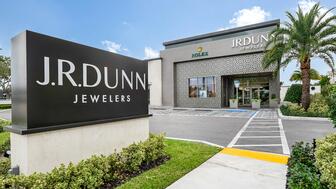
The Florida independent expanded its store from 8,000 to 14,000 square feet, fulfilling the vision of its late co-founder, Jim Dunn.

Sponsored by De Beers Group
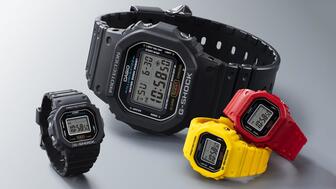
The classic 5600 series G-Shock has been scaled down to about a tenth of its size, becoming a fully functioning watch ring.

The association’s annual conference and gala will take place Feb. 4, 2026, during the Tucson gem shows.

The January show will include a workshop for jewelry retailers on implementing AI to strengthen their businesses.
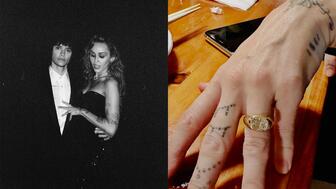
Fellow musician Maxx Morando proposed to the star with a chunky, cushion-cut diamond ring designed by Jacquie Aiche.

The retailer, which sells billions in fine jewelry and watches, is suing the Trump administration and U.S. Customs and Border Patrol.

Black Friday is still the most popular shopping day over the five-day holiday weekend, as per the National Retail Federation’s survey.











